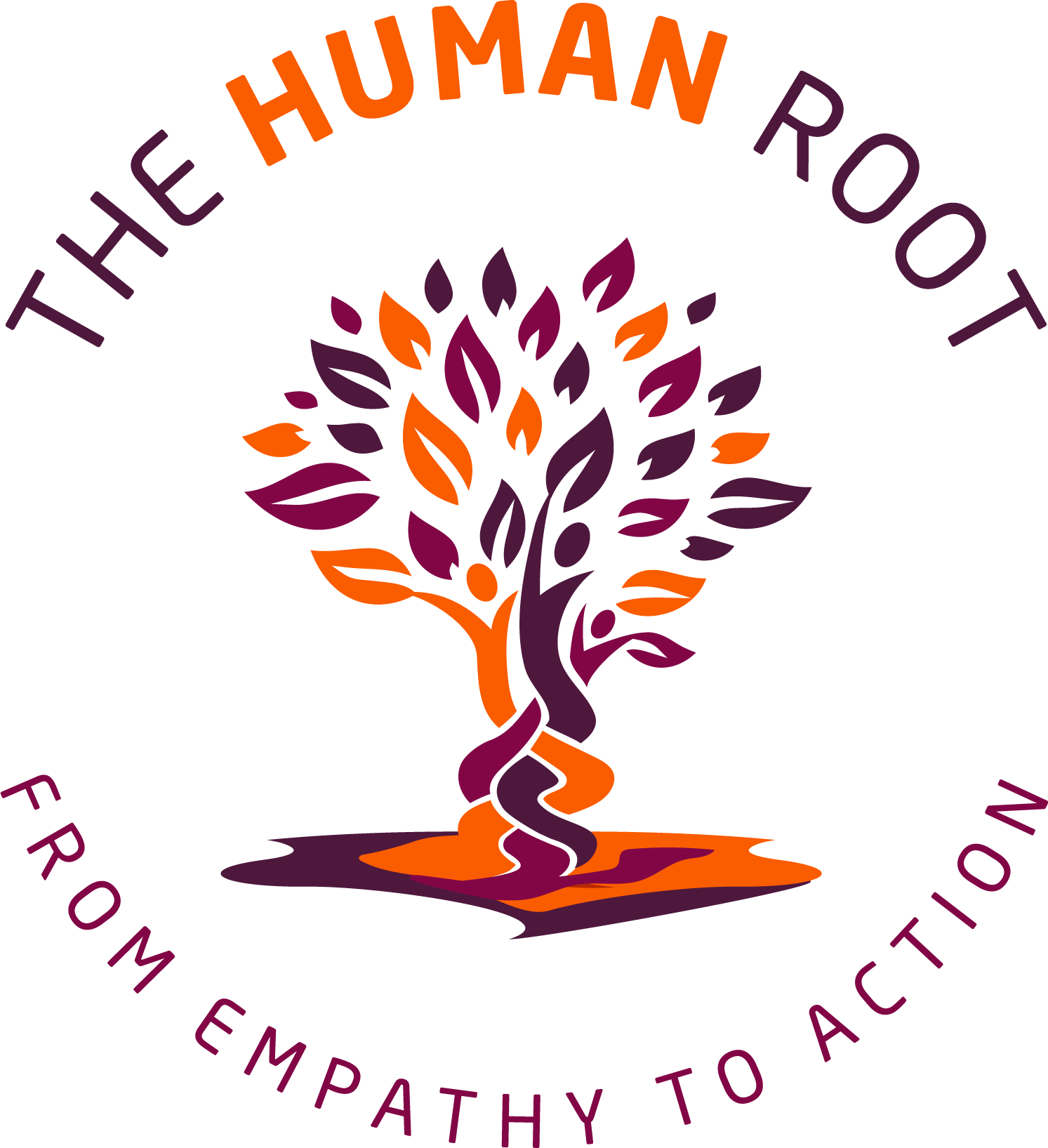The Use of Power
The Use of Power: Redefining Leadership Through Solidarity and Transformation
By ANYANWU, OCTOBER 2024
Leadership is deeply tied to the concept of power, but how we understand and apply power determines the kind of leader we become. Hanna Pitkin, along with Just Associates, introduced groundbreaking distinctions that help us examine power in its various forms—“power-over,” “power-to,” and “power-with.” These terms offer valuable insight into how we can embrace healthier, more transformative approaches to leadership.
Power in Perspective
Hanna Pitkin challenged the traditional view of power as a social relation, redefining it instead as an “ability.” This ability can be used constructively or destructively, and the way we wield power shapes our leadership.
Power-Over: This form of power is hierarchical and often oppressive, manifesting through control, domination, or coercion. Leaders using power-over may rely on individualism, perfectionism, defensiveness, or fear of open conflict. These traits can create an environment of distrust and disconnection.
Power-To: Power as the ability to achieve something or create change. This is foundational for individual leadership but can feel limited if not coupled with collaboration.
Power-With: This is the power that emerges when individuals work in solidarity and collaboration, leveraging shared goals and values. As Martha Lasley describes, “Power-With is infinite,” and grows when individuals empower one another.
Power-Within: Stemming from self-awareness, courage, and intrinsic self-worth, power-within reflects a person’s belief in their humanity and the humanity of others. It forms the basis of transformative leadership.
The Impact of Power-Over
When leaders operate primarily from power-over, it fosters environments dominated by:
• Individualism: Prioritizing personal success over collective well-being.
• Perfectionism: Setting unattainable standards that leave little room for growth or failure.
• Defensiveness: Silencing feedback or resisting accountability.
• Fear of Open Conflict: Avoiding necessary conversations, which stifles trust and innovation.
• Power Hoarding: Keeping decision-making concentrated rather than distributed.
• A Sense of Urgency: Prioritizing short-term goals over sustainable solutions.
• Belief in Only One Right Way: Discouraging creativity and diverse perspectives.
When power-over is used, it can diminish the sense of humanity in others and lead to environments of fear, mistrust, and stagnation.
“Leadership is not about being in charge. It is about taking care of those in your charge.” – Simon Sinek
Solidarity as a Mindset
To interrupt power-over, leaders must adopt solidarity as a mindset. Solidarity involves the unity and collective work of a group of people grounded in shared values and interconnection. It doesn’t require uniformity; in fact, solidarity thrives on diversity when differences are rooted in mutual respect and collective action.
Reflection Questions for Leaders:
• Which type of power do you most often rely on in your leadership?
• How do I use power-over in my interactions with others?
• How does experiencing power-over from others impact the way I feel about myself and my work?
Transforming Leadership with Power-With and Power-Within
Transformation involves a thorough or dramatic change in how leaders operate. To move beyond power-over and into healthier leadership practices, leaders must cultivate both power-with and power-within:
Cultivate Power-Within:
Practice self-reflection and notice when individualism or perfectionism creeps into decision-making.
Build personal resilience through self-discipline, courage, and a belief in your intrinsic worth.
Acknowledge the humanity in yourself and others.
Foster Power-With:
Create opportunities for collaboration and shared leadership.
Embrace open dialogue, even in moments of conflict, to build trust and mutual understanding.
Empower others by believing in their abilities and supporting their growth.
“When we rely on empowerment to develop Power-With, we express our belief that people are able.” – Martha Lasley
A Story of Power in Action
Early in my leadership journey, I operated from a place of shadowing my power without realizing it. I was focused on creating results and perfection for the benefit of otherd, pushing myself in this was reduced my power within. I feared others projecting a backlash if my light shined too bright. Unintentionally I set myself against myself and have learned this serves no one. This led to burnout, both for my team and for me because I projected leadership but I withdrew from showing up fully in power-with.
It wasn’t until I reflected on my own struggles with PTSD that I began to understand the importance of power-with and power-within. I realized that healing and transformation were necessary—not just for myself, but for my team. By sharing my experiences, listening to others, and fostering collaboration, I have began to rebuild trust and create an environment where everyone can thrive.
Practical Tips for Leaders
Acknowledge the Power Dynamics: Notice when power-over is influencing your decisions or interactions. Ask yourself how you can shift toward power-with or power-to.
Prioritize Holistic Wellness: Take care of your own health and encourage your team to do the same. Leaders who are well can lead with clarity and compassion.
Embrace Conflict as Growth: Reframe open conflict as an opportunity for understanding and growth rather than a threat.
Redistribute Power: Share decision-making and leadership roles with your team. Empower others to take ownership of their work.
Anchor in Shared Values: Build solidarity by emphasizing shared goals and values, even when navigating differences.
Conclusion
Healthy leadership begins with the recognition that power is not about control but about connection. By shifting from power-over to power-with and power-within, leaders can create environments of trust, collaboration, and growth. This transformation requires humility, accountability, and the belief in shared humanity. Interrupt power-over with the way you think and lead. Transformation starts within, and the ripple effects can reshape organizations, communities, and beyond.

